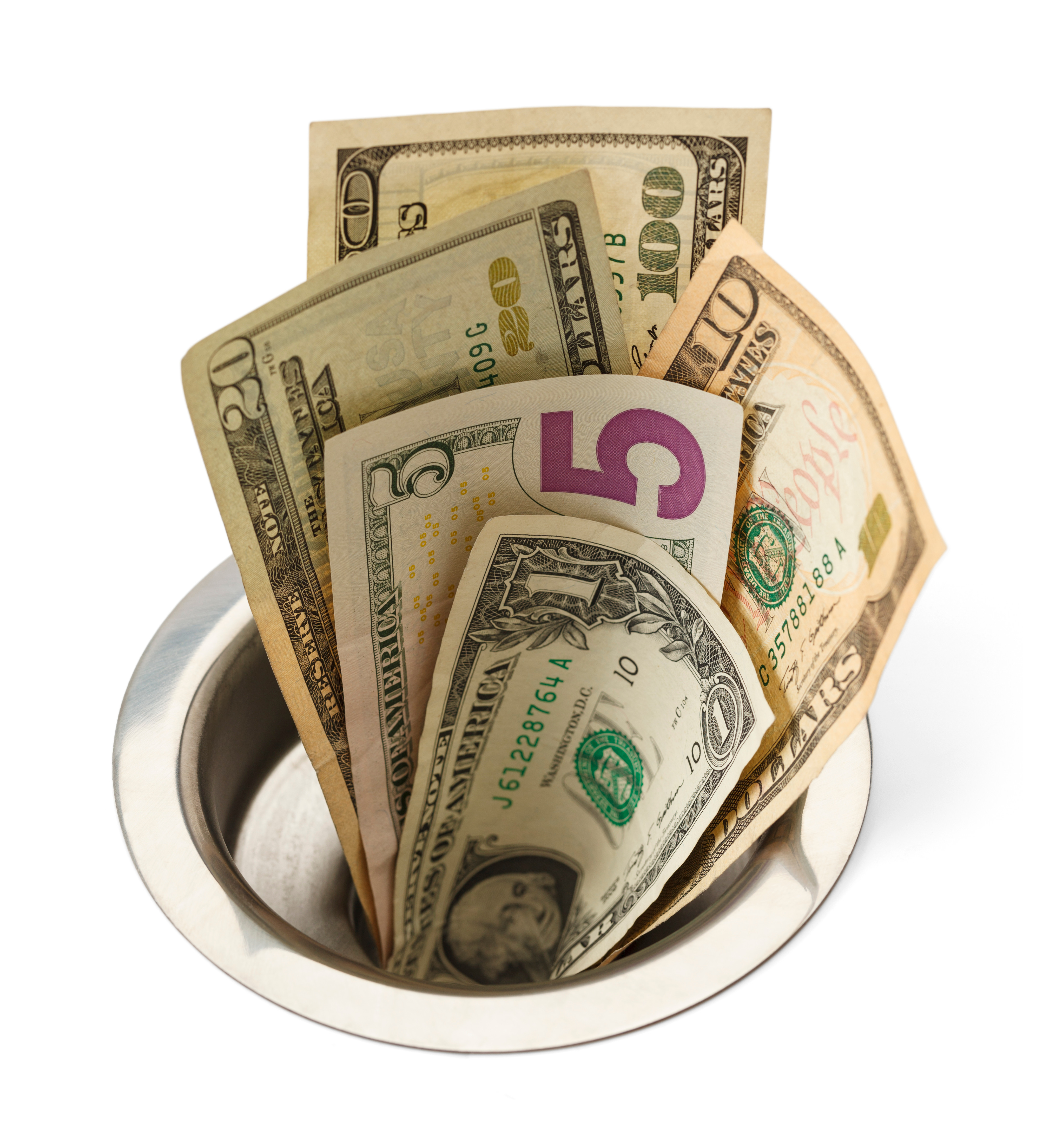I recently saw and shared some sales statistics I came across on LinkedIn. I'm not taking credit for the information or even vouching for its accuracy. However, I have to believe in the general message the statistics convey and, based on many conversations with producers, believe they are at least pretty close to reality. And, based on the amount of "Likes" and comments they generated, I have to believe the statistics strike a chord of familiarity with a lot of sales people.
Here they are:
- 48% of sales people never follow up with a prospect
- 25% of sales people make a second contact and stop
- 12% of sales people only make three contacts and stop
- Only 10% of sales people make more than three contacts
- 2% of sales are made on the first contact
- 3% of sales are made on the second contact
- 5% of sales are made on the third contact
- 10% of sales are made on the fourth contact
- 80% of sales are made on the fifth to twelfth contact
Of course, there are many variables that play into sales success. Despite our tendency to make them the focal point of our sales message, many of those variables (price, quality of the product, features of the product, etc.) are beyond your control as a sales person; they are established by someone else within your company or, as in the case of insurance agencies, set by someone outside your company altogether. However, the lack of control over those variables likely exists for every other sales person against whom you are competing, regardless of what you are selling.
As the statistics I shared above point out, your greatest opportunity to control your own success lies in your willingness to be persistent. And, I would go one step further to suggest that you not stop at persistence, but that you establish Planned Persistence.
Planned Persistence means you establish a protocol for the timing, frequency, and message of following up with a prospect. All three (timing, frequency, and message) are critical. If you only follow the first two (persistence), the follow-up could potentially be more of an annoyance than it is an effective strategy, although still more effective than a lack of follow-up. Taking time to plan the message for each contact is what will ensure your sales process remains focused on the needs of the buyer, rather than on your need to sell. It will also, hopefully, keep your prospect listening to you each time you follow up.
Establish your "ideal" sales process. And, yes, I know, most will say the "ideal" situation will have them buying on the first contact, but that isn't going to happen. At least, according to our statistics, it won't happen 98% of the time. It may start something like this:
Step 1 – Send an introductory email focused on how the buyer would benefit from working with you.
Step 2 – (3 days following Step 1) Follow up with an educational piece that is relevant to the prospect.
Step 3 – (3 days following Step 2) Follow up with a phone call to request a face-to-face meeting, reinforcing the benefit to the prospect.
Step 4 – First face-to-face meeting to learn more about one another. Again, structured to convey the benefit to the buyer – see a pattern here?
Step 5 – (within 2 weeks of Step 4) Second face-to-face meeting to determine the prospect's real needs.
Step 6 – (within 2 weeks of Step 5) Present a plan of how you can help satisfy their needs.
Step 7 – Continue following up as needed.
When you initially read the statistics above, you may have thought that having 12 contacts with a prospect is ridiculous. But, when you start laying out the steps, it starts to not only look possible, but quite likely. Just look at Step 3 – it could easily become Steps 3-5 because of your need to follow up multiple times.
The key is to identify your steps and then have the discipline to track each prospect through your process. Of course, most prospects will not even come close to tracking step-for-step; you will need to make adjustments for each prospect. Regardless of the necessary adjustments:
- Always know what the next step will be with each prospect
- Know when that next step needs to take place
- Know what will be communicated during each step
Do this with each prospect in your pipeline, and you will sell more business.
Photo by ximagination






